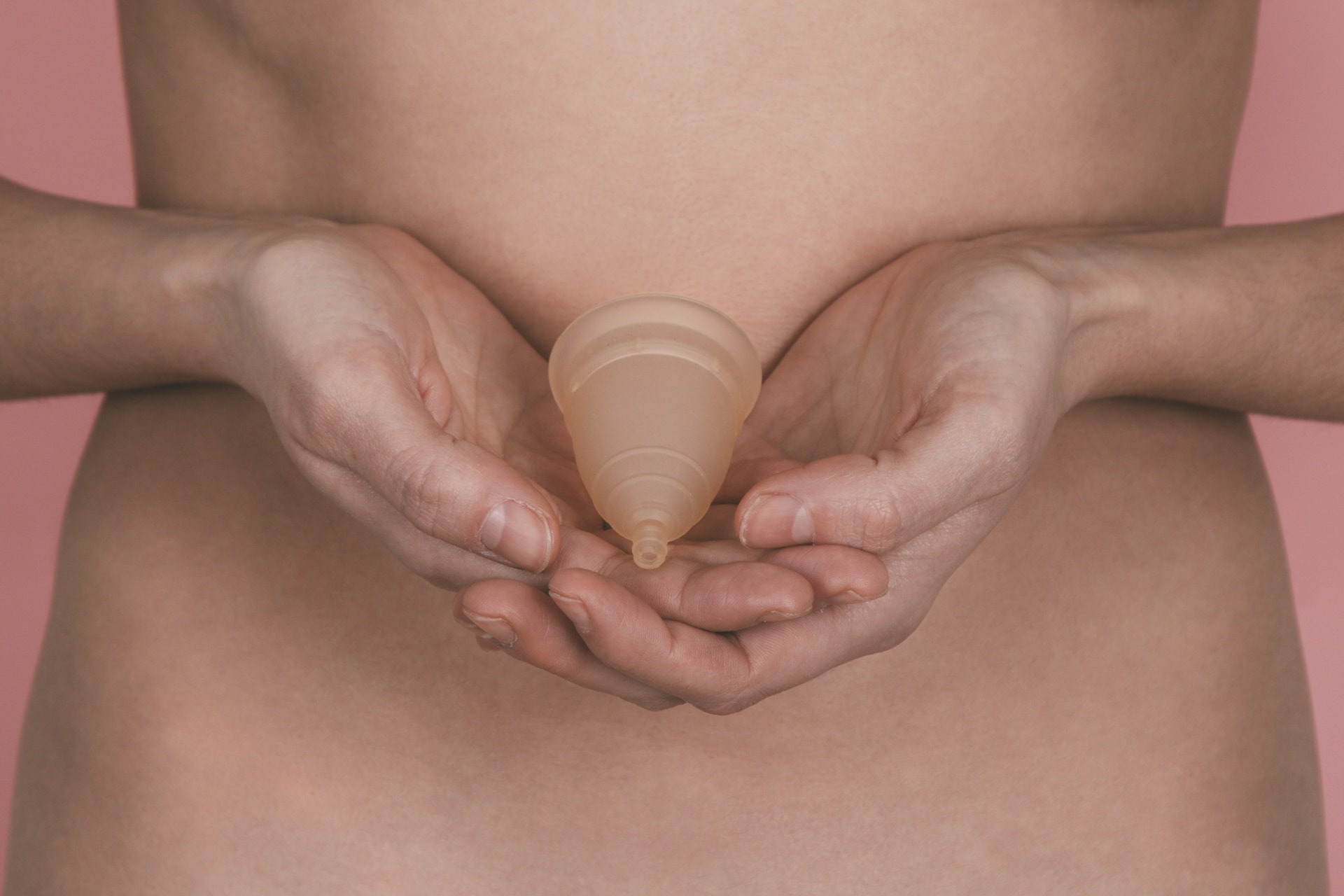Pelvic floor exercises (kegel exercises) are among the methods applied in women and men to eliminate dysfunction.
Pelvic Floor
The pelvic floor muscles are a large muscle that lies between the pubic bone in front and the coccyx in the back, at the bottom of the spinal cord. The pelvic floor is a highly functional muscle; it opens and closes and has very useful sexual functions. When the pelvic floor muscles do not work properly, they can cause problems. For example, if it is not closed enough, there may be difficulty in holding urine and feces. In cases where it does not open enough, there may be inability to empty the urine, constipation and pain during sexual intercourse (dyspareunia).
When the pelvic floor loses its supporting function, sagging and hernias can occur in the organs supported by this structure. People with weak pelvic floor muscles may experience this type of discomfort and these muscles may bulge downwards. Pain in sexual intercourse and orgasm disorders are seen in women due to problems in the pelvic floor.
How is pelvic floor exercise (Kegel exercise) done?
Pelvic floor exercise, in short, is an exercise that aims to exercise the pelvic floor muscles. Pelvic floor exercises are used first in the treatment of many disorders caused by pelvic floor muscles.
Pelvic floor muscles are the muscles that control the uterus, bladder, rectum and small intestine. For this reason, it is very important and it is necessary to exercise and strengthen these muscles in order to prevent future disorders. Moreover, this exercise is quite simple and can be done easily in daily life. It can be done while sitting, standing or even walking.

The treatment method to be applied may vary according to the dysfunction in the pelvic floor. However, regardless of the dysfunction, physical therapy and rehabilitation applications should be applied to the pelvic floor.
A specialist physician should diagnose the pelvic floor dysfunction and give appropriate exercises.
Who can do kegel exercises?
Kegel exercises can be done to prevent problems such as urinary incontinence, fecal incontinence, involuntary gas leakage in situations such as coughing, sneezing, laughing, running. Kegel exercises are also recommended to strengthen the vagina, especially for women who have given birth.
This exercise is as important for men as it is for women. Likewise, men who experience problems such as urinary incontinence, gas incontinence and fecal incontinence are also recommended to do pelvic floor exercises. It is also recommended that men with premature ejaculation and erectile dysfunction do pelvic floor exercises.

How do women do pelvic floor exercises?
Pelvic floor exercise, also called Kegel exercise, is a very simple exercise and can be performed at any time. B
Since pelvic floor exercise is a simple exercise, it can be done anywhere and at any time. For first time pelvic floor exercisers, it can be difficult to identify the pelvic muscles, and pelvic floor exercise with the wrong muscles is not beneficial in any way.To understand the pelvic floor muscles, it is necessary to understand the muscles that contract during urine retention. This can be recognized by holding urine during a normal urination. However, continuous contraction of these muscles during urination in normal life is inconvenient and should not be done because it may cause some infections.Pelvic floor exercise is a type of exercise that aims to exercise the pelvic floor muscles with contraction and relaxation movements. As a result of the evaluation of the person by a specialist, it should be repeated a certain number of times every day according to the condition of the pelvic floor muscles. Regular pelvic floor exercise is very important in terms of exercising the pelvic floor muscles. During pelvic floor exercise, the breath should not be held, regular breathing should be done. If the person squeezes one of the back, stomach, hip or abdominal muscles during exercise, this means that the exercise is done incorrectly. Therefore, pelvic floor exercises should be performed with a doctor and physiotherapist who specializes in this field.
You may be interested in: What is vaginismus? Why Does It Happen? How is it treated?









